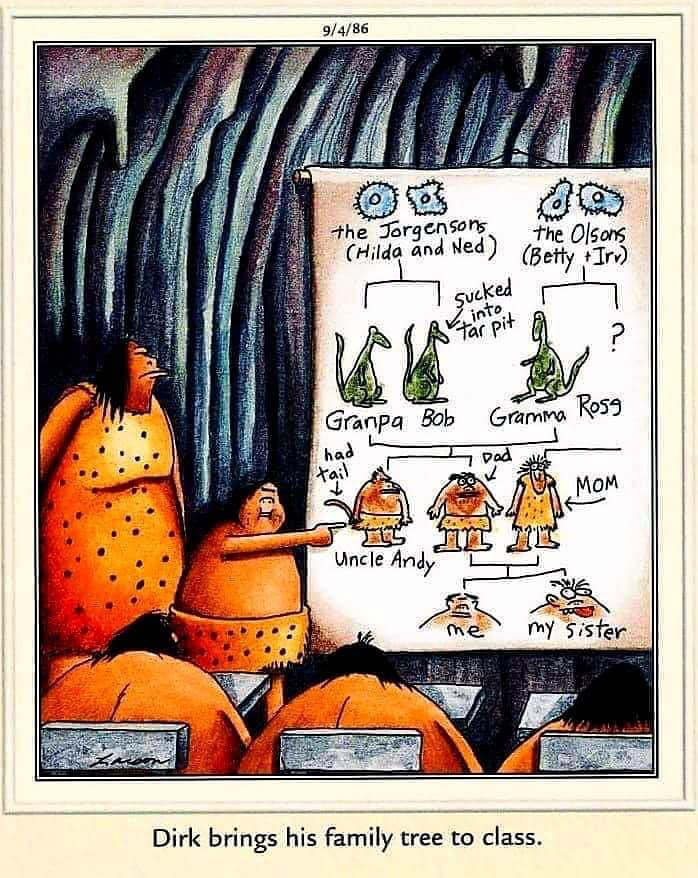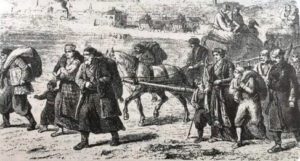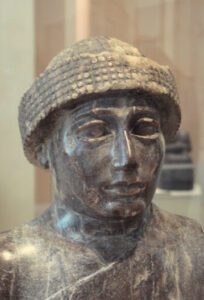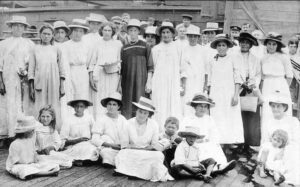
23 Apr Genealogist for Hire- April 23, 2022

Contents
 RIGHTING A WRONG AFTER 600 YEARS
RIGHTING A WRONG AFTER 600 YEARS
Most people have heard of the expression “the Spanish Inquisition”. There was also a Portuguese Inquisition. The major target of the Inquisition were those who had converted from Judaism to Catholicism, the Conversos (also known as New Christians or Marranos), who were suspected of secretly practicing Judaism. Many of these were originally Spanish Jews who had left Spain for Portugal when Spain forced Jews to convert to Christianity or leave. The number of victims is estimated at around 40,000.
I was made aware that Portugal will now let those that can prove their descent from those that were persecuted, can apply for dual citizenship in Portugal, and get the benefits of the European Union.
 UNLIKE THE U.S., ANCIENT SOCIETIES KNEW WHAT TO DO WITH THEIR OUTDATED MONUMENTS
UNLIKE THE U.S., ANCIENT SOCIETIES KNEW WHAT TO DO WITH THEIR OUTDATED MONUMENTS
** Smashing. Scrubbing. Symbolic humiliation. How Romans, Sumerians, and Egyptians handled the old-statue problem.
By Erin L. Thompson
As I found while researching my book, Smashing Statues: The Rise and Fall of American Monuments, most of the more than 200 public monuments taken down after the death of George Floyd in the summer of 2020 are still sitting in storage, while we argue about whether they should stay hidden or be put back up. But I’m a classicist. If there’s anything the ancient world can teach us, it’s that we’re not thinking big enough when it comes to disposing of our surplus statuary.
The ancients even had better deep storage strategies than us. Take this portrait sculpture of Ur-Ningirsu, who ruled a Sumerian city-state in what is now Iraq in around 2080 B.C. Ur-Ningirsu, who is folding his hands in prayer, clearly never skipped an arms day. He rocks a sheepskin hat with a rolled brim as well as a magnificent unibrow. The statue would have been placed in a temple, so the gods would think Ur-Ningirsu was standing there in perpetual adoration. In return, they would grant him a long life
 **YOU HAVE TO MARRY YOUR COUSIN!
**YOU HAVE TO MARRY YOUR COUSIN!
Fifteen men and twelve women went to an isolated island in 1789 and lived without outside contact for many years. In fact, even today, the island has few visitors and almost no new immigrants. Every one of today’s 55 island residents is related to the other 54 in many, many ways. Everyone is everyone else’s second cousin as well as third cousin and probably also a sixth cousin eight times removed. The picture to the right is from 1916.
https://eogn.com/page-18080/12648123
 HELP US TRANSCRIBE THE 1950 CENSUS
HELP US TRANSCRIBE THE 1950 CENSUS
The National Archives launched the 1950 Census website on April 1, 2022. We hope you’ve had a chance to search the 1950 Census and learn more about your family history and life in the United States in 1950. The website has already had more than 1.4 million visitors, including 44 million page views and over 1.2 million names transcribed!
You can continue to help transcribe and refine our name index. Transcribing or submitting name updates helps improve the accuracy of the name index and makes the records more searchable.
Because the initial name index is built on optical character recognition (OCR) technology, we know it is not 100% accurate. This is where we need your help! We encourage you to try out the 1950 Census website’s built-in transcription tool to help refine the name index.
https://1950census.archives.gov/?utm_campaign=transcribe1950census-april2022&utm_medium=email&utm_source=newsletter


 RIGHTING A WRONG AFTER 600 YEARS
RIGHTING A WRONG AFTER 600 YEARS UNLIKE THE U.S., ANCIENT SOCIETIES KNEW WHAT TO DO WITH THEIR OUTDATED MONUMENTS
UNLIKE THE U.S., ANCIENT SOCIETIES KNEW WHAT TO DO WITH THEIR OUTDATED MONUMENTS **YOU HAVE TO MARRY YOUR COUSIN!
**YOU HAVE TO MARRY YOUR COUSIN!